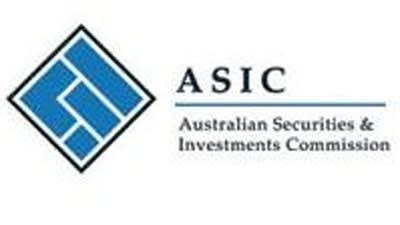ASIC advice on the appropriate establishment of a low balance SMSF
The recent ASIC review of SMSF advice revealed a number of areas for improvement in the advice-giving process.
Given the risks associated with a DIY option, ASIC has issued guidelines on the things advice providers and investors should discuss and consider before setting up an SMSF.
They outline some practical tips that advice providers can use to improve the quality of SMSF advice they provide to investors.
ASIC set out a scenario as to appropriate advice when it came to a SMSF with a likely low opening balance:
An AFS licensee conducted its regular review of advice files with a focus on SMSF advice.
The licensee reviewed a file for a couple in their 40s who sought financial product advice on all aspects of their financial situation.
The SOA recommended the investors set up an SMSF by rolling over their existing superannuation balance of $87,000.
At first glance, and based on the investors’ existing superannuation balance alone, the licensee thought the advice appeared to be inappropriate.
However, a thorough review of the advice file and SOA revealed that the investors:• were both professionals, with a combined income of $700,000;
• had multiple trust and company structures established;
• in addition to their family home, had multiple investment properties, including a rural property. They also had debt relating to these investments—however, the value of investments far exceeded their level of debt;
• had lower superannuation balances than expected, given their age and income, because they were self-employed. Accordingly, the investors had not been required to make compulsory superannuation contributions and had only made irregular voluntary contributions in the past;
• had minimal levels of insurance; and
• had a cash flow surplus and were seeking advice to ensure they were making the most of all their financial opportunities.
The SOA had also recommended that the investors fully utilise their concessional contributions cap and transfer their rural property (valued at $600,000 and held in their personal names) into their SMSF.A complete review of the advice file revealed that, although the starting balance of the SMSF was low, the advice was appropriate because:
• the recommendations in the SOA ensured that the fund would quickly build to a cost-effective level;• the investors already had corporate structures and were familiar with arranging their finances in this manner; and
• the SOA covered issues such as information about product replacement, insurance, estate planning, cash flow and efficient debt management.
The licensee was able to efficiently complete its review because the advice file was easy to follow, contained a full fact find and detailed file notes, and the SOA was clear, concise and easy to read.
Commentary:
The advice was appropriate because the investors’ personal circumstances demonstrated they had experience with different assets and investment structures.
They also had the ability to build the SMSF balance quickly and ensure that the SMSF would be cost-effective for them over their lifetime.
